Essential Meat Processing Products Every Business Needs for Success
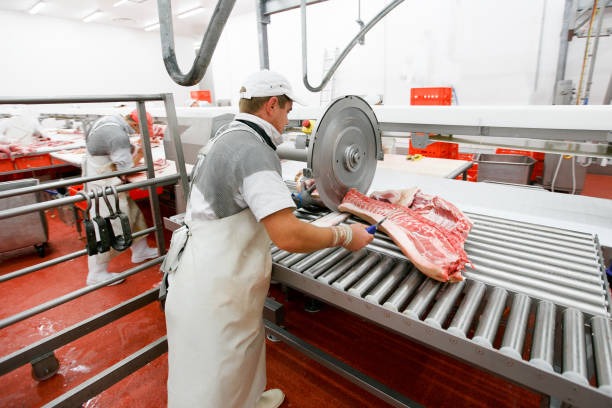
Introduction: The Importance of Quality Meat Processing Products
In the meat processing industry, the quality of products is paramount. From the initial stages of preparation to the final packaging, every step hinges on the tools and equipment used. The right meat processing products ensure efficiency, enhance product quality, and maintain the highest standards of safety. Whether you’re operating a butcher shop or a large-scale meat processing facility, investing in high-quality supplies is not just a good practice – it’s essential for long-term success.
What are Meat Processing Products and Why Do They Matter?
Meat processing products refer to the tools, machines, and equipment used to process, store, and package meat in a safe and efficient manner. These include everything from basic hand tools like knives and cleavers to more complex machinery such as vacuum sealers and meat slicers. The reason they matter is simple – quality products directly influence the final outcome of the meat, impacting both its safety and taste. Choosing the right products ensures that meat remains fresh, safe to consume, and free from contaminants.
Why Investing in High-Quality Meat Processing Products is Essential for Your Business
Investing in top-notch meat processing products is a decision that pays dividends in the long run. High-quality equipment offers increased efficiency, reduces waste, and prevents costly mistakes. It also ensures that your products meet industry standards and comply with health regulations, which is crucial for building trust with your customers. Quality products can improve your business’s reputation and profitability, making them a critical investment for growth.
The Role of Meat Processing Products in Ensuring Meat Quality and Safety
The role of meat processing products goes beyond just making the processing faster and easier. They are directly tied to the safety and quality of the meat. Properly maintained equipment helps prevent contamination, preserves the meat’s freshness, and enhances its flavor and texture. Inadequate tools, on the other hand, can lead to inconsistent cuts, contamination, or spoilage. The right products create a safer, cleaner, and more effective processing environment, ensuring the meat stays in optimal condition.
Understanding the Basics of Meat Processing Products
What Constitutes Meat Processing Products?
Meat processing products cover a broad spectrum of tools and equipment designed for every step of meat preparation, from slaughtering and cutting to packaging. These products are classified into categories based on their specific functions: tools for cutting and grinding, equipment for storage and preservation, machines for packaging, and materials for sanitation. A solid understanding of these products is key to making informed choices about what your business needs.
Key Categories of Meat Processing Products You Should Know
The essential categories of meat processing products include:
- Cutting Tools: Knives, saws, and cleavers for precision cuts
- Grinding Equipment: Meat grinders and mincers for preparing ground meat
- Tenderizing Tools: Equipment that breaks down fibers to improve texture
- Storage Solutions: Refrigerators, freezers, and vacuum sealers to preserve meat
- Packaging Materials: Films, trays, and wrapping materials to store and display meat
- Sanitation Supplies: Disinfectants, gloves, and PPE for maintaining hygiene
The Difference Between Meat Processing Products and Equipment
While the term "equipment" often refers to larger, machine-based tools such as grinders or slicers, "meat processing products" encompasses both large machines and the smaller, everyday tools like knives, gloves, and packaging materials. Essentially, products cover everything used in the meat processing chain, from start to finish.
Essential Tools for Meat Processing
Knives and Saws: The Foundation of Meat Processing
Knives and saws are the backbone of any meat processing operation. Sharp, durable knives ensure clean, precise cuts while minimizing waste and maximizing yield. Saws are essential for cutting through bone, making them indispensable for larger cuts of meat. Regular maintenance of these tools is critical to maintaining their effectiveness and longevity.
Mincers and Grinders: Creating the Perfect Texture for Ground Meats
For many meat products, especially sausages and ground meat, mincers and grinders are indispensable. These machines transform cuts of meat into a fine texture that’s ideal for further processing. A high-quality grinder will allow for consistent texture and uniformity in ground meat products, ensuring that every batch is the same quality.
Meat Tenderizers: How They Enhance Flavor and Texture
Tenderizing meat not only improves its texture but also enhances its flavor. Meat tenderizers, such as mallets or mechanical tenderizers, help break down muscle fibers, making the meat more palatable and easier to cook. This process is especially important for tougher cuts, making them more appealing to customers.
Processing Hooks, Hangers, and Pliers: Essential for Efficient Processing
Hooks and hangers are used to manage large cuts of meat, allowing for proper cooling, processing, and storage. They help maintain organization in a busy meat processing environment and prevent contamination by keeping meat suspended. Pliers are essential for manipulating larger cuts of meat, ensuring efficiency and safety in processing.
Meat Processing Machines and Equipment
Meat Slicers: How to Achieve Precision in Cuts
Meat slicers are vital for deli-style processing, allowing for uniform, thin slices of meat. Whether for sandwiches, charcuterie, or retail display, slicers ensure consistent portions, improving both product presentation and customer satisfaction. A quality slicer is one that offers precise adjustments for thickness, speed, and consistency.
Smokehouses and Sausage Stuffers: Tools for Flavorful Processed Meats
Smokehouses and sausage stuffers are indispensable for creating flavorful processed meats. Smokehouses impart a unique smoky flavor to meats, while sausage stuffers allow you to craft sausages and other encased meats with ease. Both tools require regular maintenance to ensure proper functionality and safety.
Vacuum Sealers: Preserving Freshness and Extending Shelf Life
Vacuum sealers are one of the most effective ways to extend the shelf life of meat. By removing air from the packaging, vacuum sealing prevents the growth of bacteria and mold, keeping the meat fresh for longer. This is especially crucial for businesses dealing with bulk orders or products that need to be shipped over long distances.
The Role of Commercial Mixers in Sausage and Meat Product Preparation
Mixers are essential for ensuring uniformity when preparing processed meat products like sausages or burger patties. A commercial mixer ensures that all ingredients, including meat, fat, spices, and seasonings, are evenly incorporated, which is key to the final product’s texture and taste. Investing in a high-quality mixer guarantees a consistent and professional outcome every time.
Storage Solutions for Processed Meat
Refrigeration Systems: Keeping Processed Meats Safe and Fresh
Refrigeration systems are crucial in maintaining meat quality by keeping it at safe temperatures. Whether using large commercial refrigerators or smaller units, ensuring consistent cooling is vital to prevent bacterial growth and preserve freshness. Well-maintained refrigeration systems keep meat fresh until it’s ready for sale or further processing.
Freezing Equipment: Ensuring Long-Term Storage Without Compromising Quality
For longer-term storage, freezing is often necessary. Specialized freezing equipment helps preserve the meat without compromising its texture, flavor, or nutritional value. Properly frozen meat can be stored for months, providing flexibility in inventory management.
Temperature-Controlled Storage: Key to Maintaining Meat Quality
Temperature-controlled storage ensures that meat stays at the ideal temperature from processing to sale. This includes storage areas for raw and processed meats, where precise temperature management helps prevent spoilage and ensures product safety.
Packaging for Processed Meat Products
Why Packaging is Crucial for Processed Meats
Packaging does more than just protect meat – it plays a critical role in preserving its freshness, enhancing its presentation, and promoting safety. The right packaging ensures that meat remains hygienic and visually appealing, improving customer experience and brand image.
Choosing the Right Packaging Materials: Plastic, Paper, and More
When it comes to meat packaging, the material you choose matters. Plastic is often preferred for its durability and ability to form a tight seal, while paper offers a more eco-friendly option. The right material depends on the type of meat and how it will be stored or displayed.
Innovative Packaging Solutions for Processed Meats
Innovation in packaging solutions, such as modified atmosphere packaging (MAP), can prolong shelf life while maintaining the quality and appearance of the meat. These modern techniques help reduce waste and ensure that meat products are as fresh as possible when they reach consumers.
Eco-Friendly Packaging: A Sustainable Choice for Meat Processing
As consumers increasingly demand sustainable products, eco-friendly packaging options are becoming more important in the meat industry. Materials like biodegradable plastics, recyclable trays, and paper-based packaging are paving the way for greener meat processing operations.
Health, Safety, and Hygiene in Meat Processing
Sanitation Supplies: Ensuring Cleanliness in Every Step of Processing
Maintaining cleanliness at every step of the meat processing process is essential for preventing contamination and ensuring the safety of the final product. Sanitation supplies, including disinfectants and cleaning tools, play a vital role in creating a safe working environment.
Personal Protective Equipment (PPE) for Meat Processors
Personal protective equipment (PPE) such as gloves, aprons, and face masks are necessary to safeguard workers from injury and contamination. Proper PPE not only protects employees but also ensures that processed meat remains uncontaminated throughout the process.
Understanding Health and Safety Regulations for Meat Processing
Adhering to health and safety regulations is critical in the meat processing industry. These regulations are in place to protect consumers and ensure the quality of meat. Understanding and complying with these standards is not just a legal requirement – it’s an integral part of maintaining a successful and reputable business.
Maintaining a Hygienic Meat Processing Environment to Prevent Contamination
A hygienic environment in meat processing facilities reduces the risk of contamination and the spread of harmful bacteria. Proper cleaning schedules, equipment sterilization, and waste disposal protocols are essential practices to ensure product safety.
Technology and Automation in Meat Processing
How Technology is Revolutionizing Meat Processing Products
Technology is reshaping the meat processing industry, introducing new methods for improving efficiency, quality, and safety. Automated systems for cutting, grinding, and packaging are streamlining processes and reducing labor costs.
Automation in Meat Processing: Streamlining Operations for Efficiency
Automation in meat processing increases throughput, reduces human error, and optimizes production. From automated grinders to robotic cutting systems, these technologies help businesses meet high demand while maintaining consistency and quality.
The Role of Software in Managing Meat Processing Inventory and Orders
Sophisticated software solutions enable businesses to track inventory, manage orders, and monitor production schedules more efficiently. These tools allow for better decision-making and improved operational efficiency, ultimately leading to enhanced customer satisfaction.
Smart Equipment for Meat Processing: A Leap Toward the Future
Smart equipment, such as temperature sensors and RFID tracking systems, is revolutionizing meat processing by providing real-time data. These technologies enhance control, reduce waste, and ensure that products meet the highest standards.
Innovations in Meat Processing Products
Trends Shaping the Future of Meat Processing Products
Emerging trends in consumer preferences, sustainability, and technology are pushing meat processing products to evolve. Innovations such as plant-based meat processing tools, robotic systems, and smarter packaging solutions are shaping the industry’s future.
New Technologies in Meat Grinding and Cutting
Advances in meat grinding and cutting technologies are making these processes faster, more precise, and less labor-intensive. New machines are designed to improve cutting accuracy, reduce waste, and enhance product consistency.
How Advances in Packaging Technology are Changing the Meat Industry
Packaging technology is advancing with new materials and methods that help preserve meat longer while reducing environmental impact. Innovations like vacuum-sealing machines, modified atmosphere packaging, and compostable materials are gaining popularity.
Sustainability in Meat Processing Products: Reducing Waste and Improving Efficiency
Sustainability in meat processing is about reducing waste and improving efficiency. Energy-efficient machines, water-saving techniques, and sustainable packaging options are all part of the industry’s ongoing shift towards greener practices.
Meat Processing Products for Specialized Needs
Halal and Kosher Meat Processing Products: Meeting Specific Requirements
Halal and kosher meat processing requires specific equipment and materials to meet religious standards. From slaughtering methods to packaging, the right tools ensure that these processes are carried out in accordance with tradition and regulation.
Organic and Grass-Fed Meat Processing: Tools for Specialized Markets
As demand for organic and grass-fed meats grows, specialized processing products are needed to ensure these meats are handled in a way that preserves their integrity. These products meet the unique requirements of the organic and sustainable meat markets.
Customized Meat Processing Solutions for Niche Markets
Niche markets, such as high-end restaurants or ethnic markets, often require customized processing products. From specialized cutting tools to unique packaging, meeting the specific needs of these markets can set your business apart.
How to Choose the Right Meat Processing Products for Your Business
Key Considerations When Purchasing Meat Processing Tools and Equipment
When purchasing meat processing products, it’s important to consider factors such as durability, maintenance requirements, and industry standards. Choosing equipment that meets your specific business needs will help optimize operations and reduce costs.
Choosing Between Manual and Automated Meat Processing Solutions
Depending on the scale of your operation, you may need to choose between manual and automated processing solutions. Manual tools offer flexibility and lower upfront costs, while automated systems can increase efficiency and scalability.
The Importance of Quality Control When Selecting Meat Processing Products
Quality control is crucial when selecting meat processing products. Ensuring that all tools and equipment meet high standards guarantees that the final product is safe, consistent, and of superior quality.
Building Strong Relationships with Suppliers for Long-Term Success
Having a reliable supplier is essential for maintaining the flow of quality meat processing products. Building strong relationships with suppliers ensures timely deliveries, consistent quality, and better service.
Common Mistakes to Avoid in Meat Processing
Overlooking Maintenance of Processing Equipment
Neglecting regular maintenance of processing equipment can lead to costly breakdowns, inconsistent results, and safety hazards. Ensuring that equipment is regularly serviced is vital for smooth operations.
Choosing Low-Quality Products and the Risks Involved
Opting for low-quality meat processing products may save money upfront, but it can compromise the safety, quality, and efficiency of your operation. Low-quality tools and equipment are prone to wear and tear, leading to higher costs in the long run.
Ignoring Industry Regulations and Safety Standards
Failing to adhere to industry regulations and safety standards can result in penalties, health risks, and damage to your reputation. Always stay updated on the latest regulations to avoid compliance issues.
Failing to Adapt to Technological Advances in Meat Processing
The meat processing industry is constantly evolving. Failing to adapt to new technologies can leave your business behind, leading to inefficiencies and loss of competitive advantage.
The Future of Meat Processing Products
What’s Next for the Meat Processing Industry?
The future of meat processing is likely to be shaped by advances in automation, sustainability, and consumer demand for ethically sourced products. Businesses that embrace these changes will be better positioned to thrive in the coming years.
How Consumer Preferences Are Shaping the Demand for Meat Processing Products
As consumers demand healthier, more sustainable options, the meat processing industry is adapting by creating products that meet these needs. From plant-based alternatives to eco-friendly packaging, consumer preferences are driving innovation.
The Role of Sustainability in the Evolution of Meat Processing Tools
Sustainability is becoming a driving force in meat processing. From energy-efficient machinery to waste reduction strategies, businesses are investing in tools that reduce their environmental footprint.
Frequently Asked Questions (FAQs) About Meat Processing Products
1. What are the key benefits of investing in high-quality meat processing products?
Investing in high-quality meat processing products ensures that your meat is processed efficiently, safely, and consistently. It helps reduce contamination risks, preserves the freshness of the meat, and enhances the final product’s taste and texture. High-quality tools also improve operational efficiency, reduce downtime, and offer long-term durability, making them a smart investment for any meat processing business.
2. How do I choose the right meat processing products for my business?
Choosing the right meat processing products depends on your business needs, production scale, and the types of meat you process. Consider factors like the volume of meat you handle, the specific tasks you need to perform (e.g., grinding, slicing, or packaging), and the equipment's ease of maintenance. It's also important to assess the product's durability, safety features, and how it aligns with your business’s growth goals.
3. What should I look for when purchasing meat processing equipment?
When purchasing meat processing equipment, look for products that offer both efficiency and reliability. Consider the equipment's performance capabilities, ease of use, and maintenance requirements. Additionally, ensure that the equipment complies with industry regulations and safety standards. Investing in reliable, high-performance machines can lead to improved productivity and reduce the risk of costly errors.
4. How often should meat processing equipment be maintained?
Regular maintenance is essential to ensure the longevity and optimal performance of your meat processing equipment. Depending on the equipment, it should be inspected and cleaned daily or weekly to remove any buildup or contaminants. For more complex machinery, a scheduled maintenance plan should be followed to prevent unexpected breakdowns and ensure that the equipment remains in top condition.
5. What are the most common mistakes to avoid when processing meat?
Some common mistakes to avoid in meat processing include:
- Neglecting equipment maintenance: Failing to properly maintain equipment can lead to costly breakdowns and inconsistent results.
- Using low-quality tools: Choosing cheap, low-quality tools may save money initially but can result in poor performance, increased waste, and higher long-term costs.
- Not following industry regulations: Ignoring safety standards and health regulations can lead to fines, product recalls, and a damaged reputation.
- Not adapting to technological advances: Staying behind the curve in terms of new technologies can result in inefficiencies and missed opportunities for improved productivity.
6. How does technology influence the meat processing industry?
Technology plays a major role in revolutionizing the meat processing industry. Automation in cutting, grinding, and packaging helps streamline operations, improve accuracy, and reduce labor costs. Smart equipment, like temperature sensors and RFID tracking systems, provides real-time data, allowing for better control and monitoring of processes. Additionally, innovations in packaging technology help preserve meat quality while reducing environmental impact.
7. How can I ensure my meat processing business stays sustainable?
Sustainability can be integrated into your meat processing operations by adopting eco-friendly practices and equipment. Look for energy-efficient machines, implement water-saving techniques, and opt for recyclable or biodegradable packaging materials. Reducing waste, optimizing production processes, and investing in sustainable technology are essential steps toward a greener, more sustainable meat processing business.
8. What are the advantages of using vacuum sealers in meat processing?
Vacuum sealers are essential for preserving the freshness of meat and extending its shelf life. By removing air from the packaging, vacuum sealing prevents the growth of bacteria and mold, ensuring that the meat remains safe and fresh for longer periods. Vacuum sealing also reduces the risk of freezer burn when freezing meats and enhances the overall presentation by keeping the product intact.
9. What should I know about packaging meat for sale?
Packaging meat properly is crucial to maintaining its quality, extending its shelf life, and ensuring safe handling. Choose packaging materials that protect the meat from contamination and prevent spoilage. Also, ensure that your packaging complies with labeling regulations and clearly communicates the product’s details, such as weight, expiration date, and handling instructions. Eco-friendly packaging is increasingly popular among consumers, so consider sustainable options when selecting materials.
10. Are there specific tools for halal and kosher meat processing?
Yes, there are specific tools and processes designed to meet the requirements of halal and kosher meat processing. These include equipment for slaughtering, cutting, and packaging that complies with religious guidelines. It's important to choose tools and machines that are certified and specifically designed to handle these requirements to ensure that the final product adheres to halal or kosher standards.
Conclusion: The Key to Successful Meat Processing
Why High-Quality Meat Processing Products Are Crucial for Your Business’s Success
Investing in high-quality meat processing products is key to maintaining efficiency, ensuring safety, and delivering top-notch products to your customers. Quality equipment and tools enhance every step of the process, from preparation to packaging.
The Long-Term Benefits of Investing in Premium Meat Processing Products
By investing in premium processing products, you’re setting your business up for long-term success. These products ensure consistent quality, streamline operations, and reduce operational costs, ultimately leading to greater profitability.
How Choosing the Right Products Can Help You Stay Ahead in the Meat Industry
Choosing the right meat processing products can differentiate your business from the competition. The right tools ensure your products meet the highest standards, improve customer satisfaction, and help you remain at the forefront of the meat processing industry.
Must-Read Blogs For Chain Restaurants Owner








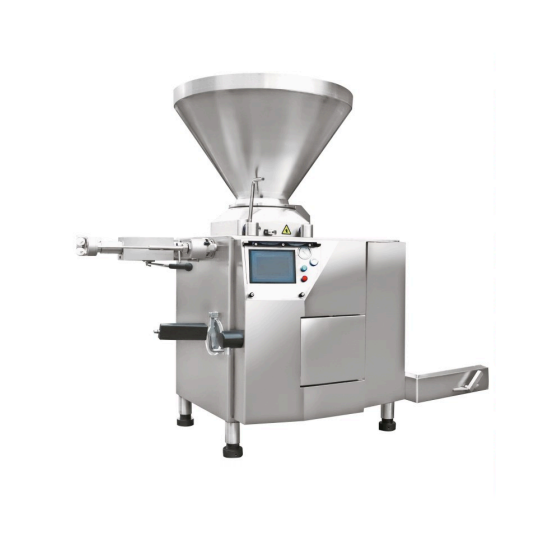
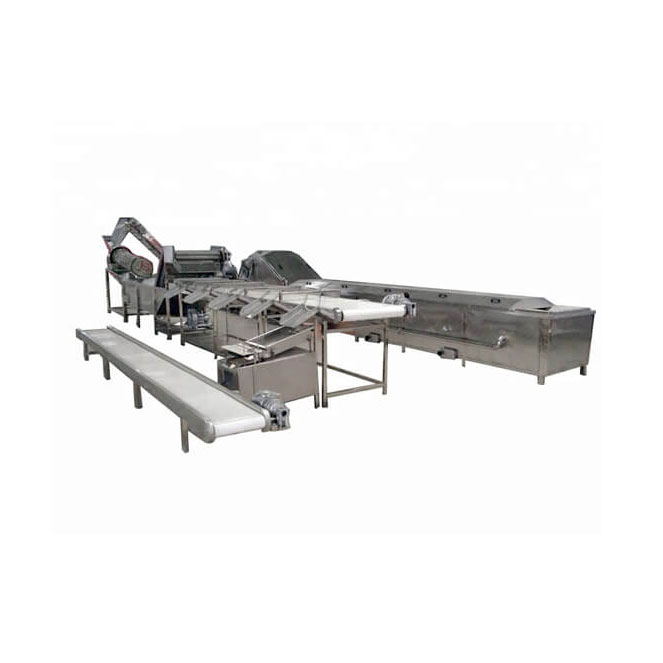
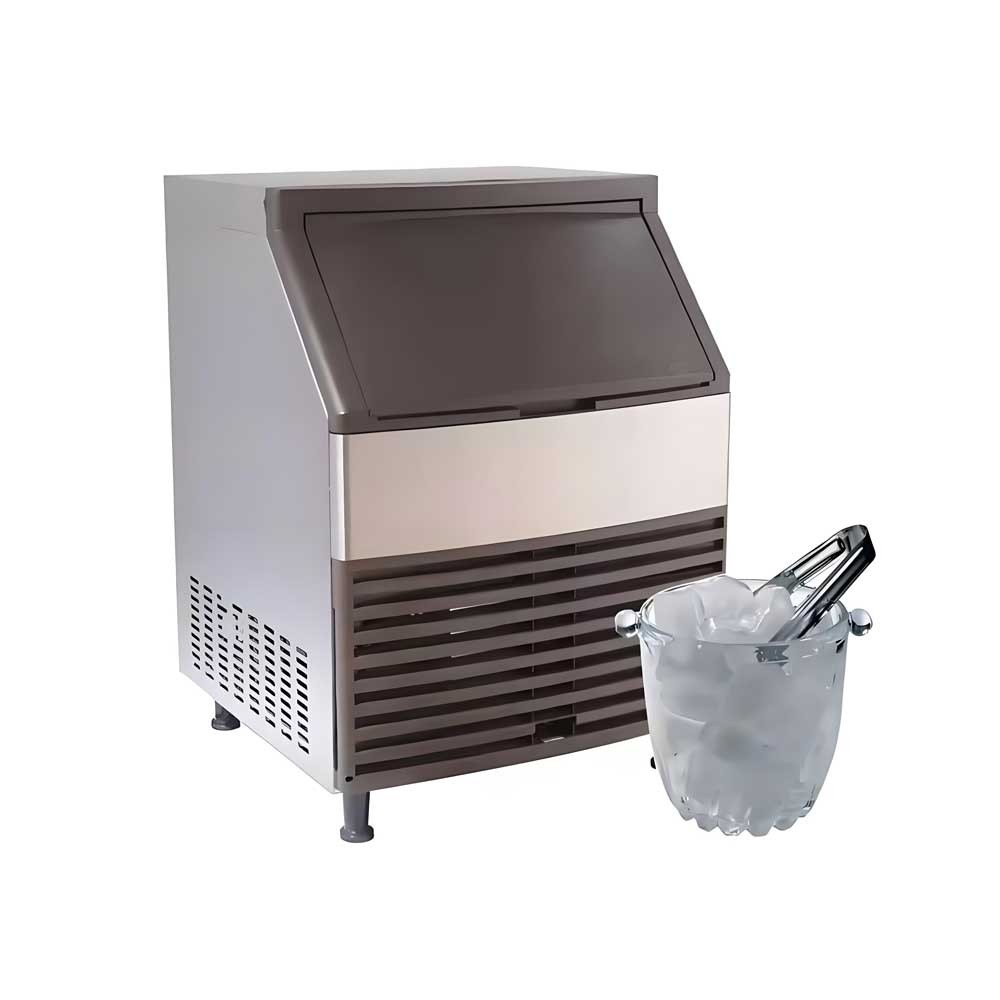
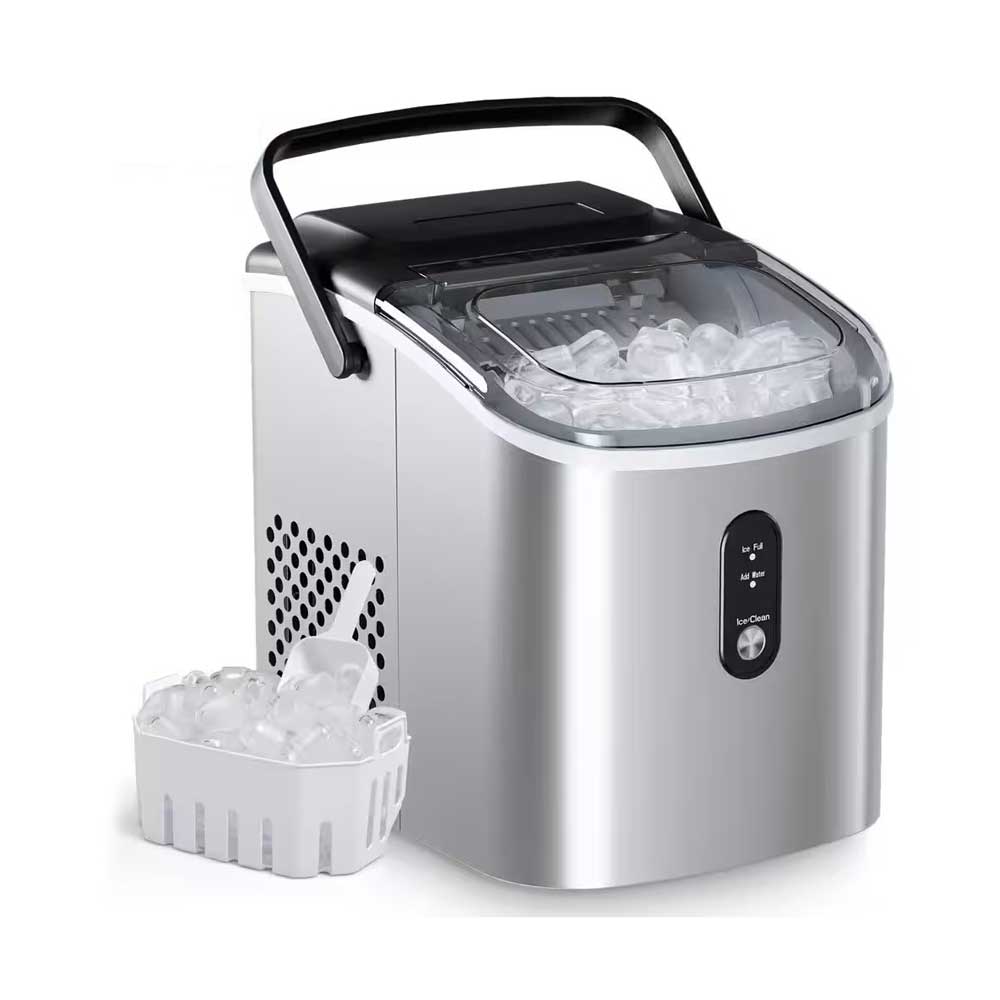 Portable Flake Ice Machine
Portable Flake Ice Machine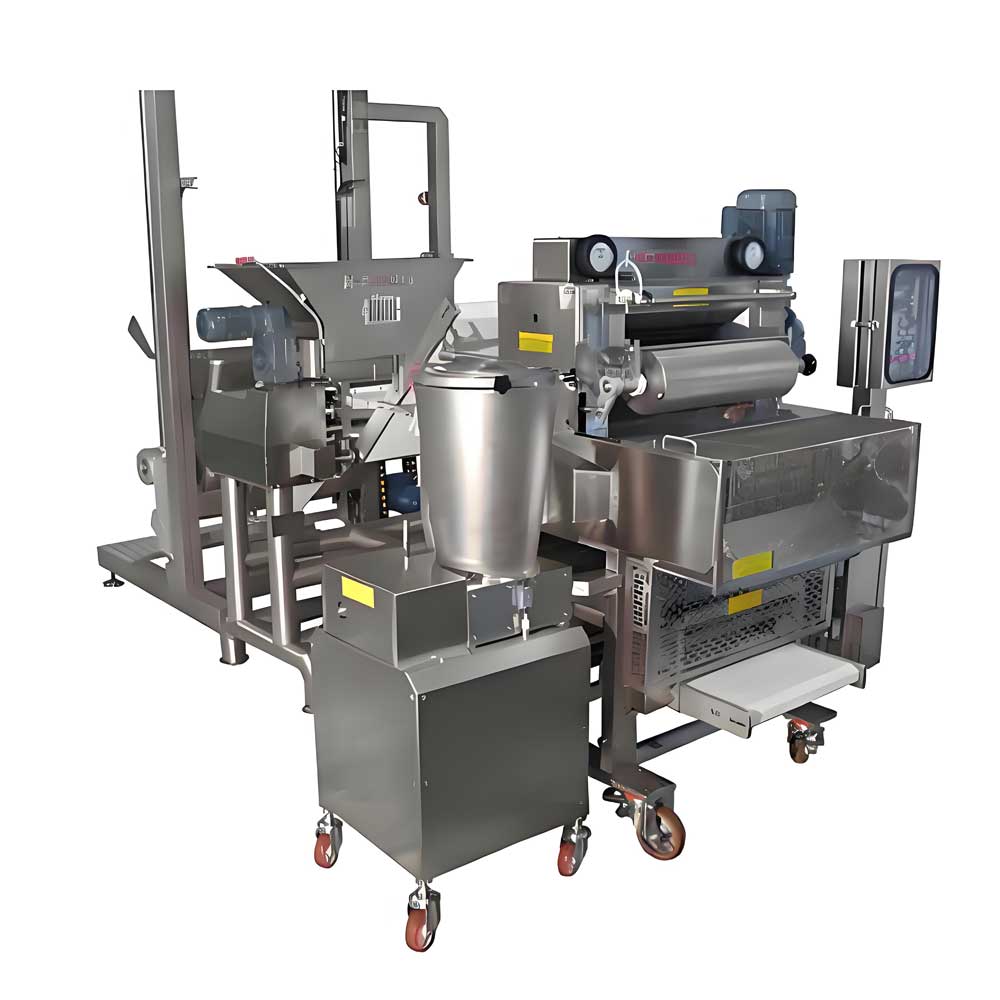 Pelmeni Making Machine
Pelmeni Making Machine
Ready to Get Started?